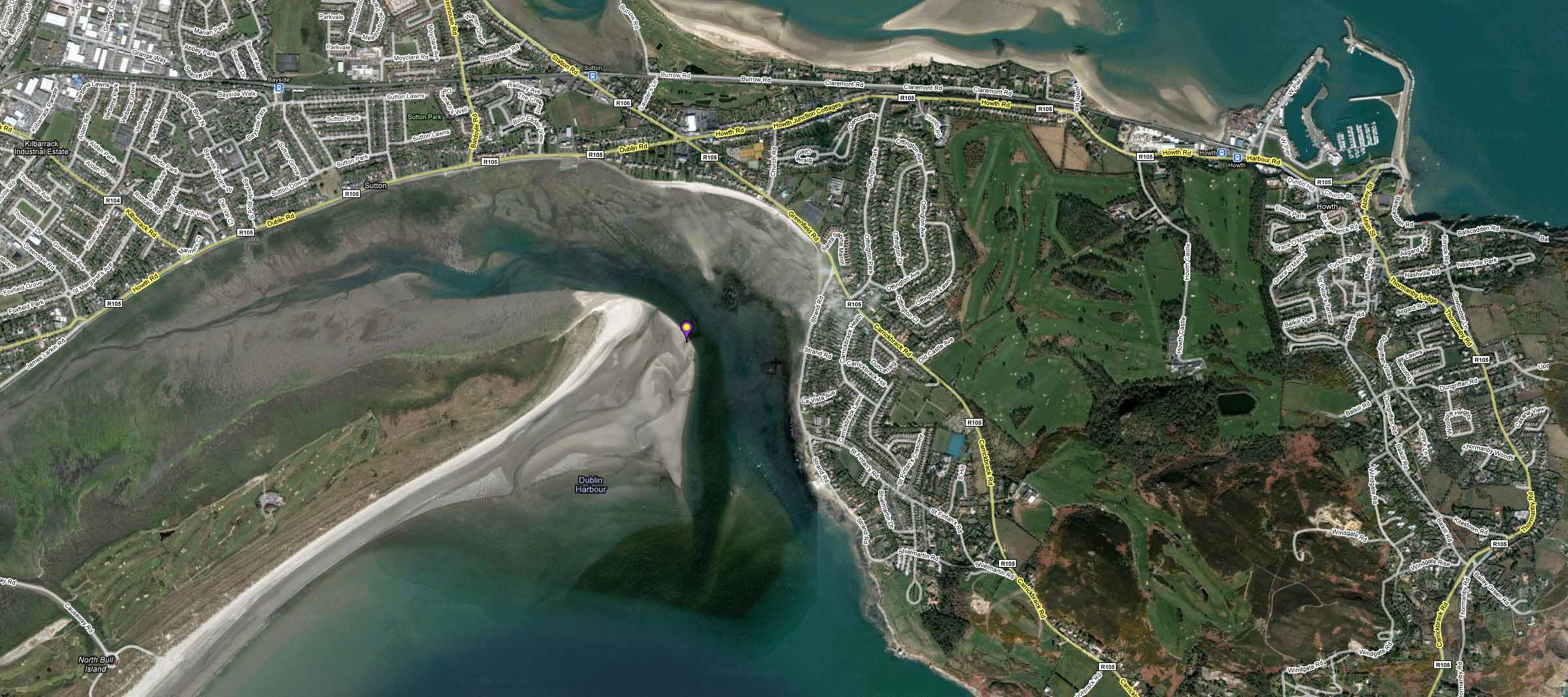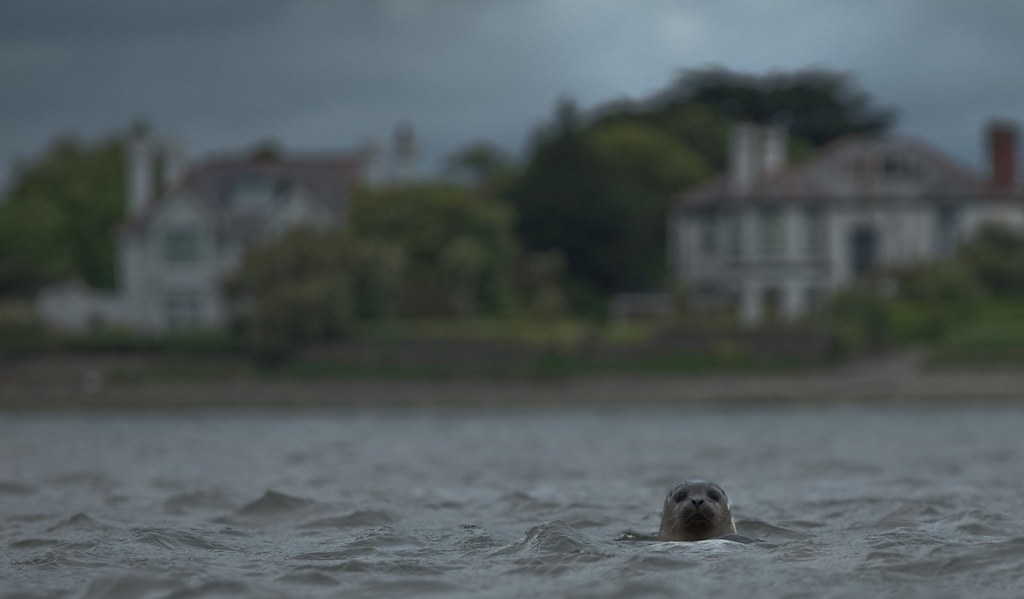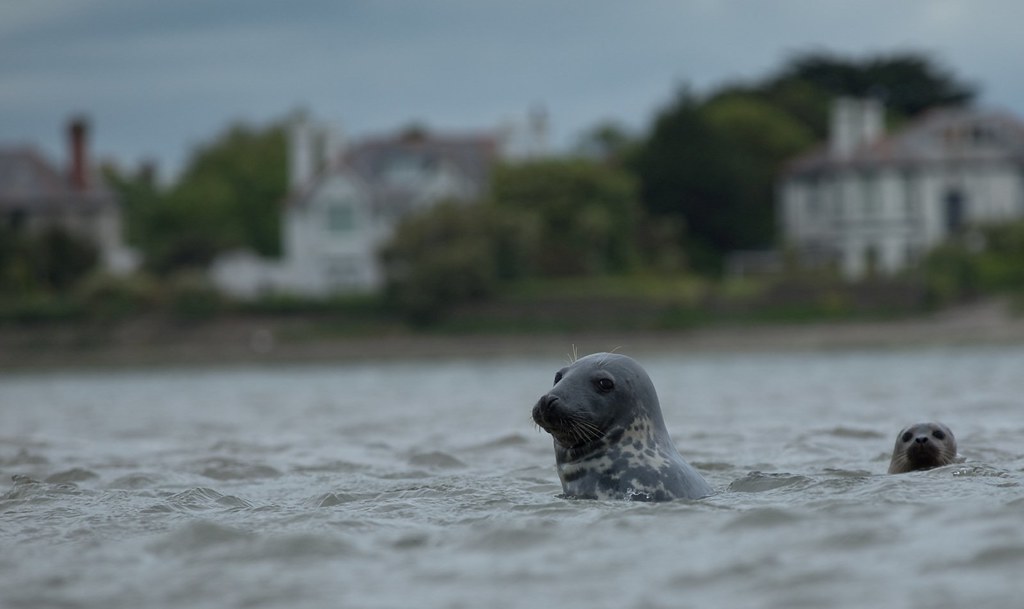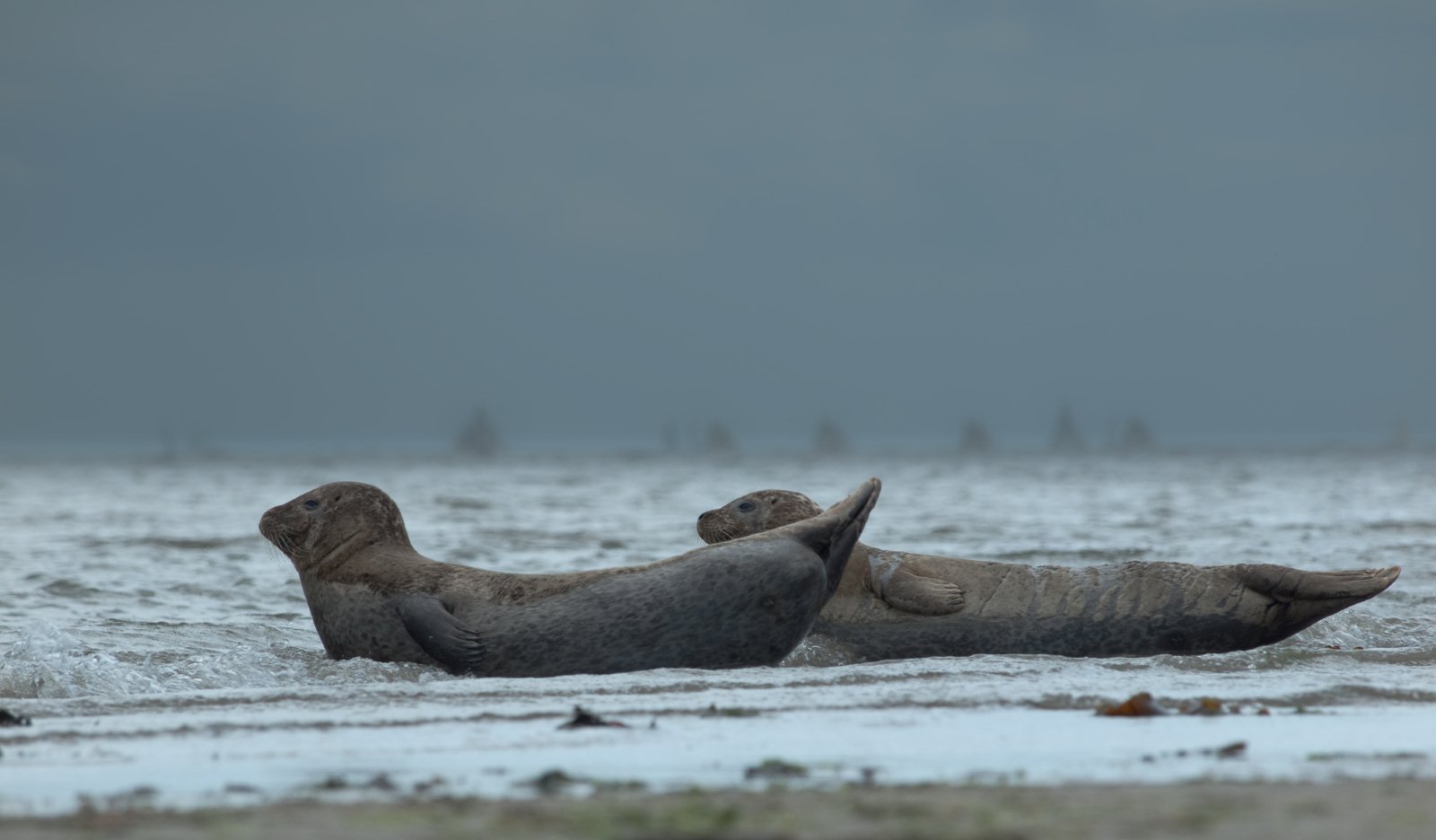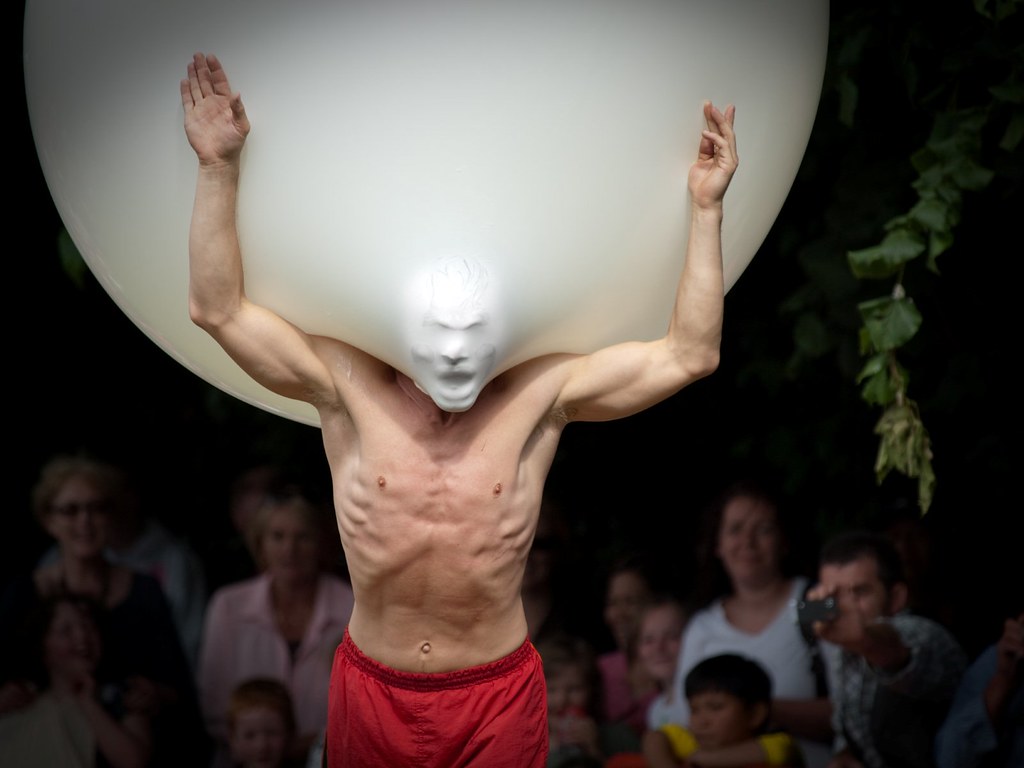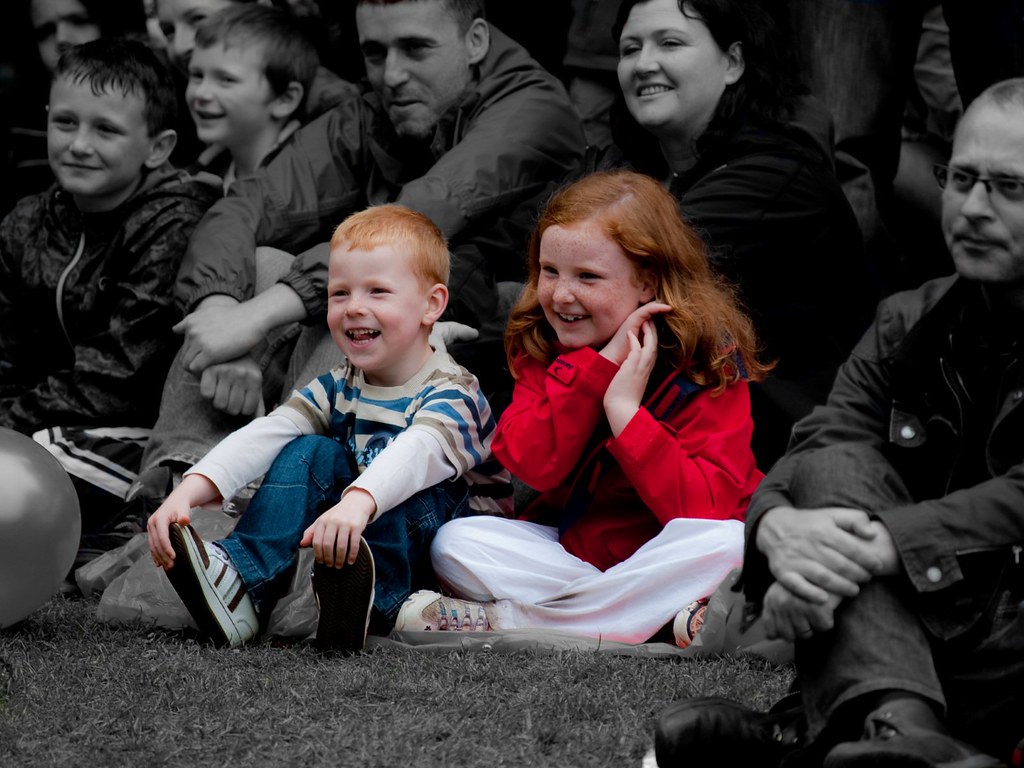I just shot my first video with the recently released Olympus EP-1 camera. I purchased it in the US trough Amazon.com, visit the link to see the kit that includes the 17mm f/2.8 and the Olympus Optical Viewfinder.
I decided to go for the 17mm lens as I already own several wide angle and telephoto lenses for other Olympus cameras so I am eagerly awaiting the 4/3 converter in pre-order also in Amazon. Not sure if all sw functionality will be available trough the converter but we will see.
I am looking at this camera as a way to have a high-quality point and shoot when I don't want to haul all my equipment and long lenses for a few quick and dirty shots, so downgrading from SLR to this is a though proposition but I can see how somebody trying to upgrade from a regular point and shoot can be more than pleased with the high quality shots u can get out of this baby.
After taking the camera to its first trip, here is what I have to say…
The good:
- It shots on RAW (there are still no converters for Lightroom but Adobe has come up with a beta version of camera RAW that can convert the EP-1 files into DNG so then you can manipulate anywhere. Follow this thread to get the download of Adobe Raw RC 5.5 which will allow the conversion of .ORF from the EP-1 to DNG to be used anywhere including LightRoom.
- Feels very sturdy with the metallic body
- Viewfinder is great where the sun is out (not very common in Ireland) and you need to take a shot
- Fast autofocus
- The 17mm 2.8 lens is pretty fast
- Good video quality, even in low light
- Art filters are fun to use both with video and stills
- Very original, retro look
- Is fun to use the same concepts of still cameras to video such as f-stop, ISO, etc.
- iAUTO mode pretty accurate on the settings
- Large, nice big display on the back. Wish my E-3 had something similar
- Level is very useful when shooting trough the LCD, gives you a good idea how straight your shot will be
- Very impressive quality on high-ISO (for an Olympus) I think it has better quality shots at ISO3200 than my E-3 or E-30
- Using the SanDisk 32GB memory card the writing of both RAW and Video happens very smoothly and quick. I can record video, switch to camera without even noticing
- The feature to take a still at the end of the video comes pretty handy
- Can control aperture when recording video
I have never shot video (as you can see on the quality of the footage, but this will give you an idea of the quality of both stills as well as video).
Things to improve on 2nd release:
- When using art filters autofocus takes quite a while
- Video with some art filters can be a little jerky (slow motion kind of look)
- For a small camera it feels heavy, heavier than the Oly E-420 if comparing just bodies
- Strap seem a little heavier and gets in the way of shots
- Would it have been nice to have a wrist strap as well
- Small lens cap for the 17mm is too small without any attachment to the camera, I am sure I am bound to lose it
- SW takes a little bit to get used to even if you use Olympus cameras, the dial on the top and on the back to access and manipulate various controls can be confusing or not very intuitive at times.
- For the price, they should have included some screen or camera pouch!
- Not having on the screen or the viewfinder the focus points being displayed can be very challenging when trying to use autofocus or MF.
- Video sound is OK, as soon as the lens needs to autofocus the sound of it can overtake ambience sound, very bad issue I think

